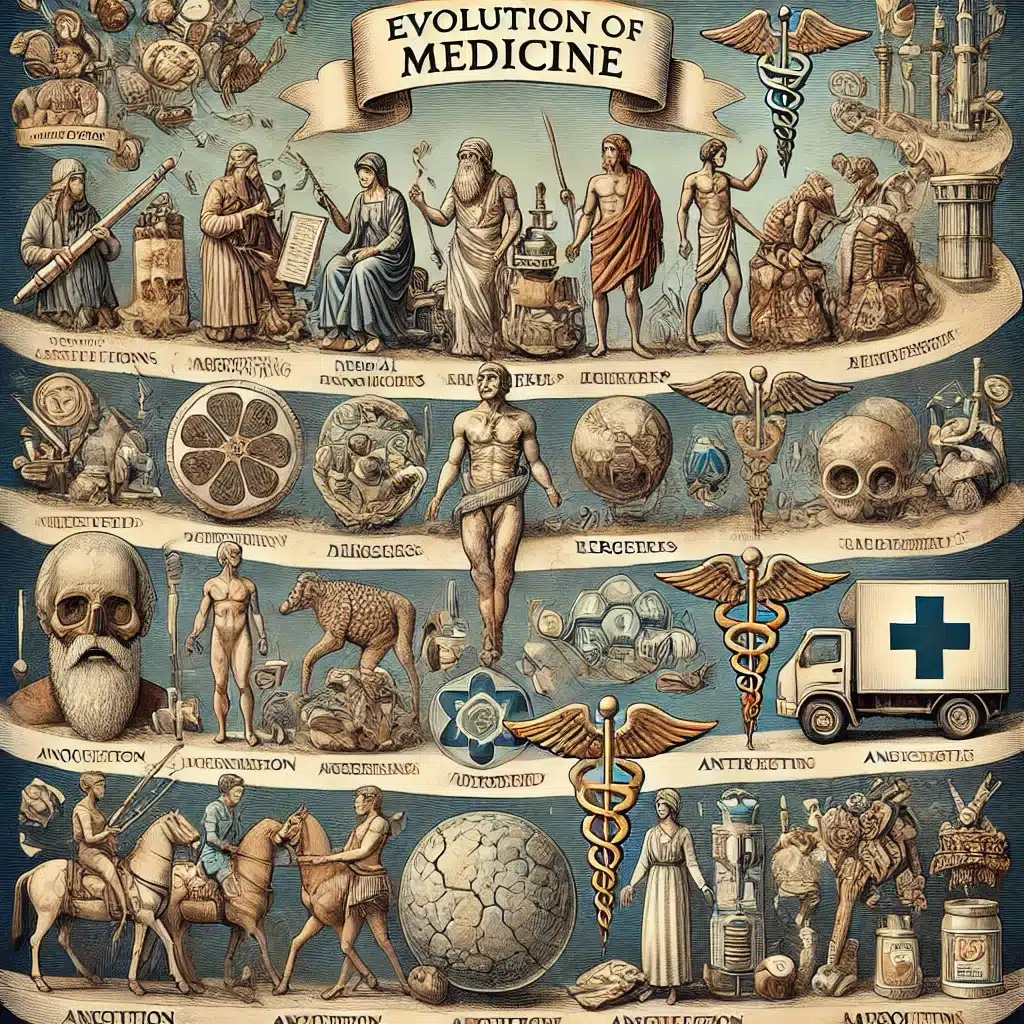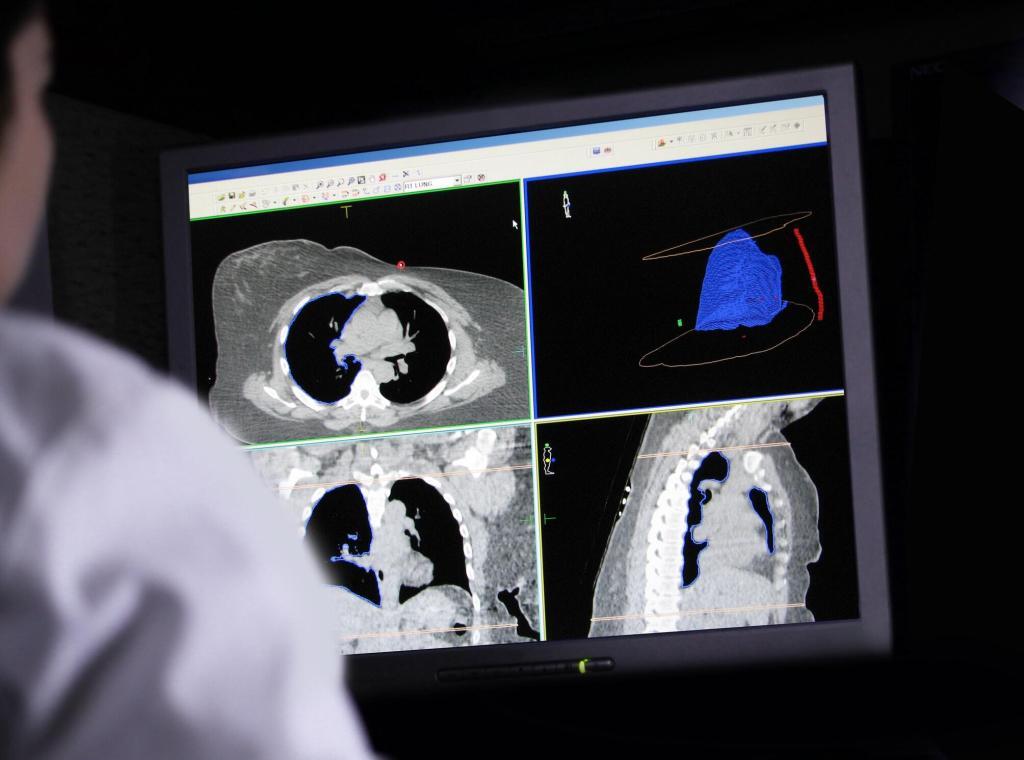Type 2 diabetes affects millions worldwide, and managing it effectively often involves medication. While injectables like insulin have long been the standard, many patients seek easier, less invasive options. Today, oral medications offer a growing alternative, combining convenience with powerful therapeutic benefits. This article explores the full range of oral treatments that are helping reshape diabetes care.
The Need for Oral Alternatives
Injectable treatments have long been the standard for patients whose blood sugar cannot be managed by lifestyle changes and oral medications alone. However, not all patients are comfortable with injections. Needle anxiety, social stigma, daily inconvenience, and storage requirements for injectables can deter consistent use. This can lead to poor adherence, suboptimal glycemic control, and an increased risk of complications.
Oral medications, in contrast, offer a non-invasive alternative that fits more naturally into daily routines. For people who travel frequently or have difficulty with self-injection, oral therapies are far easier to manage.
The recent development of oral GLP-1 receptor agonists like semaglutide (brand name Rybelsus) represents a significant milestone. In some regions, differences in drug pricing regulations can make such treatments more affordable, prompting patients to explore options for obtaining them through legal and medically supervised channels.
Ultimately, oral alternatives expand patient choice, improve compliance, and offer an option for individuals who cannot tolerate injections or who simply want a less invasive solution.
Understanding How Oral Diabetes Medications Work
Managing Type 2 diabetes requires regulating blood sugar levels while addressing the body’s underlying resistance to insulin. Oral medications do this in a variety of ways—some stimulate the pancreas to produce more insulin, others reduce the liver’s glucose output, while still others slow digestion or promote the elimination of glucose through urine.
This multifaceted approach allows for personalisation in treatment. A patient’s age, weight, cardiovascular health, and other conditions can influence which medications are chosen. Oral therapies often work best in combination with lifestyle modifications, reinforcing the idea that managing diabetes is about more than just taking a pill—it’s about comprehensive health care.
Biguanides
Metformin is the most widely prescribed drug in the biguanide class and often the first oral medication offered after a Type 2 diabetes diagnosis. It works by lowering the amount of sugar the liver releases and increasing the sensitivity of muscle cells to insulin. Metformin is well-tolerated by most people and doesn’t typically cause weight gain or hypoglycemia. However, gastrointestinal side effects like nausea or diarrhea are relatively common at the beginning of treatment. It remains the gold standard due to its proven track record and cost-effectiveness.
Sulfonylureas
Sulfonylureas stimulate the pancreas to release more insulin, even when blood sugar is normal. While they are effective at reducing blood glucose, they also carry a higher risk of hypoglycemia and weight gain. These medications, such as glipizide and glyburide, are often prescribed when metformin alone is insufficient or unsuitable. Their affordability makes them an accessible choice in many healthcare systems, but they may not be ideal for elderly patients or those prone to low blood sugar episodes.
DPP-4 Inhibitors
Dipeptidyl peptidase-4 (DPP-4) inhibitors work by enhancing the body’s natural incretin hormones, which help regulate insulin and glucose levels after meals. Medications like sitagliptin (Januvia) or saxagliptin (Onglyza) are associated with a low risk of hypoglycemia and are weight-neutral, making them a good option for many patients. They are generally well-tolerated, though their glucose-lowering effect is considered modest compared to some newer drug classes.
SGLT2 Inhibitors
Sodium-glucose co-transporter-2 (SGLT2) inhibitors block glucose reabsorption in the kidneys, causing excess sugar to be excreted in the urine. This class includes drugs such as canagliflozin (Invokana) and dapagliflozin (Farxiga). In addition to lowering blood glucose, these medications have demonstrated cardiovascular and renal benefits, particularly in patients with existing heart disease or kidney problems. However, they can cause side effects like urinary tract infections, dehydration, and—rarely—ketoacidosis. Their added benefits make them an appealing choice for patients with multiple comorbidities.
Emerging Oral Therapies and Research
The development of oral GLP-1 receptor agonists is one of the most exciting advances in diabetes treatment. Traditionally available only via injection, these medications help regulate appetite, slow gastric emptying, and improve insulin secretion. Oral semaglutide (Rybelsus) is the first of its kind, offering the benefits of this potent drug class in a convenient tablet. Research continues on other oral formulations, including dual-acting agents and combinations that simplify treatment regimens by targeting multiple pathways simultaneously.
The pipeline also includes innovative approaches like glucose-responsive medications and microbiome-targeted therapies. These emerging treatments represent a new era in diabetes care—one where efficacy doesn’t require a needle.
Conclusion
Oral options for Type 2 diabetes are no longer limited to older, less flexible medications. With innovations like oral GLP-1 receptor agonists and combination therapies, patients now have more choices than ever—choices that can align with their routines, reduce the burden of disease management, and improve quality of life. As treatment evolves, the message is clear: living with diabetes doesn’t have to mean living with needles. For many, going beyond the injection opens the door to better health with greater comfort and control.
Disclaimer
This article is for general informational purposes only and is not intended as medical advice, diagnosis, or treatment. Type 2 diabetes management should always be tailored to an individual’s specific health needs and undertaken in consultation with a qualified healthcare professional. Do not start, change, or stop any medication—including oral diabetes treatments—without first seeking medical guidance. Mention of specific drugs, including brand names such as Rybelsus, does not constitute endorsement, and availability, pricing, and suitability may vary by country and patient circumstances. While every effort has been made to ensure the accuracy of the information provided, Open Medscience accepts no liability for any loss, damage, or adverse outcome resulting from the use or reliance on the content in this article.




